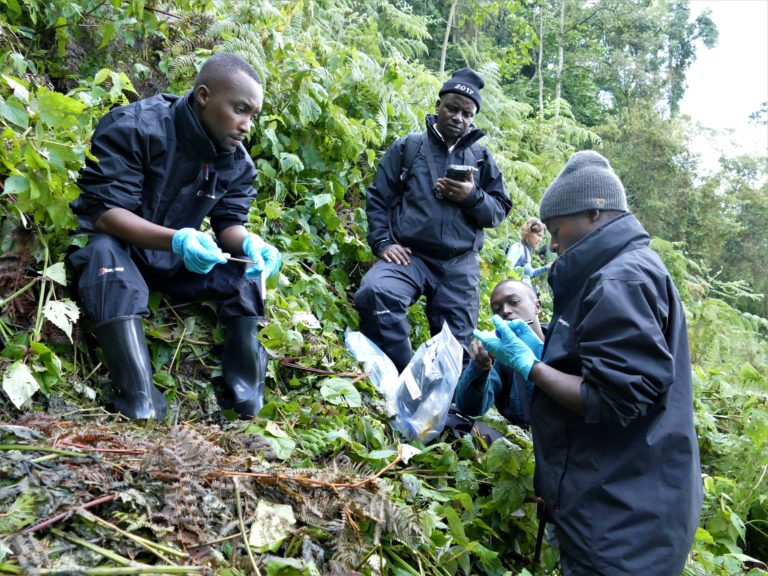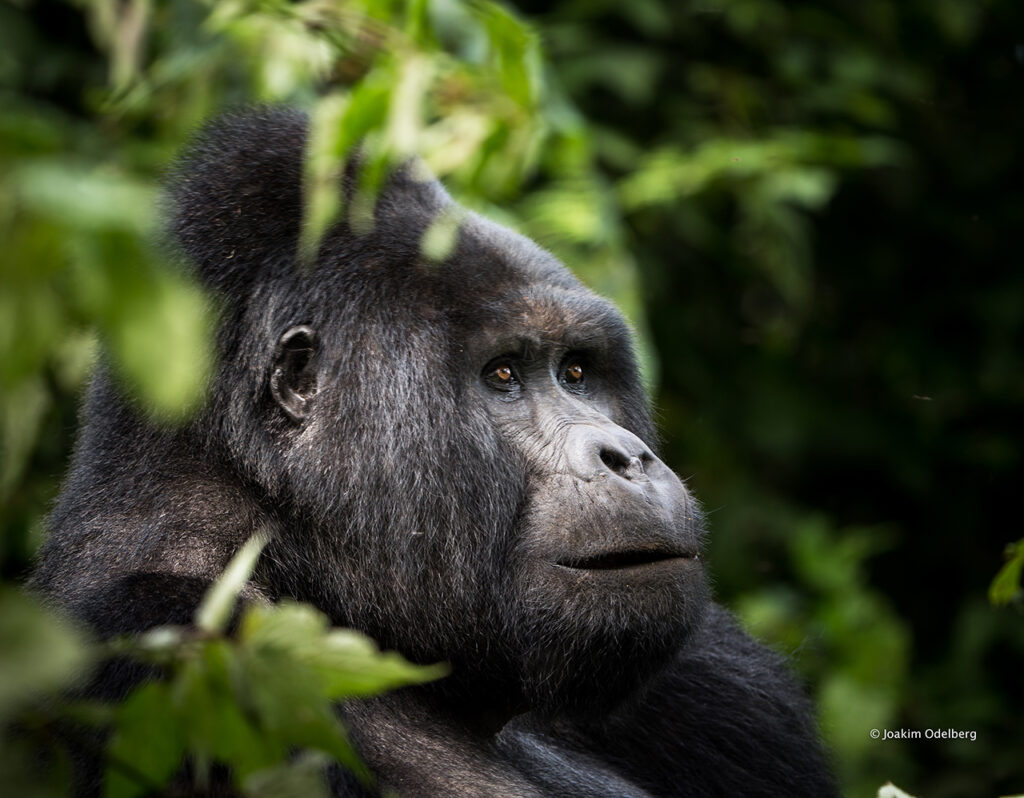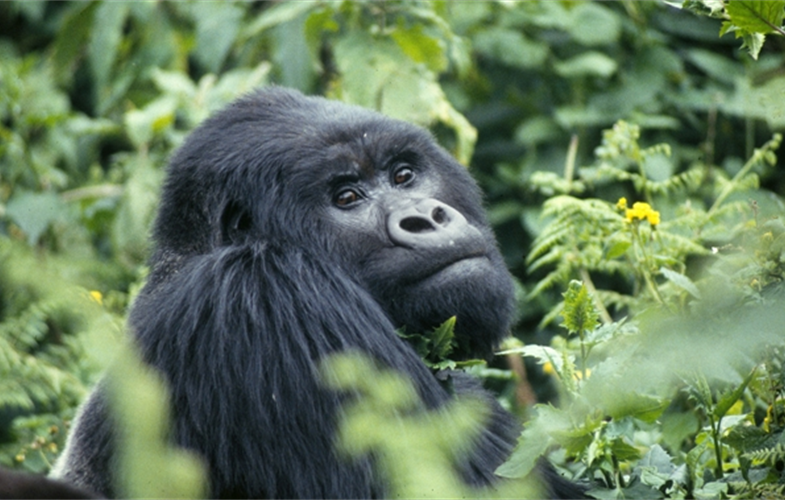Written by: Kimberly White
Mountain gorillas are ending the decade on a positive note. According to a new census, the mountain gorilla population in Uganda’s Bwindi Impenetrable National Park has increased.
The census was conducted by the Protected Area Authorities in the Democratic Republic of Congo and Uganda and the Uganda Wildlife Authority. The Greater Virunga Transboundary Collaboration, a coalition of governments, NGOs, and conservationists, shared that the population in Bwindi is 459 individuals, increasing from 400 at the last census.
Overall, the global wild population is now estimated at 1,063. Mountain gorillas are the only great ape in the world with an increasing population.

Credit: Winnie Eckardt/Dian Fossey Gorilla Fund
“[The] census results are a testament to the intensive on-the-ground conservation efforts by dedicated trackers, researchers and other team members, and cooperation across three governments. Mountain gorillas are one of the most protected species on the planet, and today we see what a concerted effort by multiple stakeholders can do to reverse a seemingly hopeless situation. It takes hard work by community members, government leaders and conservationists—but it can be done,” said Dr. Tara Stoinski, CEO and Chief Science Officer of the Dian Fossey Gorilla Fund.
In December 2018, the International Union for the Conservation of Nature (IUCN) Red List reclassified the mountain gorilla from “critically endangered” to “endangered.” The change in status resulted after a May 2018 population survey by authorities in the Democratic Republic of Congo, Republic of Rwanda, and the Republic of Uganda showed that mountain gorilla numbers increased to 604 from 408 in 2010.

Credit: Joakim Odelberg/WWF
Mountain gorillas still face significant threats such as climate change, disease, poaching, and limited habitat.
Current climate models show that the temperature in mountain gorilla habitat could rise by up to 3.6°C by 2090. A recent study suggests that mountain gorillas in Virunga may struggle to cope with warmer temperatures and extreme rainfall. “Mountain gorillas might be more sensitive to warming trends than previous research has suggested since their small habitat restricts their ability to seek out colder temperatures,” reported the authors of the study.
Climate change could also compromise gorilla immunocompetence and increase disease susceptibility by impacting the availability of known food sources and nutrients.
While the population increase is widely celebrated, conservationists warn that continued intense conservation efforts are imperative to ensure species survival.
“Slowly but surely a solid future for mountain gorillas is emerging, proving that long-term, collaborative conservation efforts can pull species back from the brink of extinction,” stated Anna Behm Masozera, Director of the International Gorilla Conservation Programme (IGCP). “While the IGCP coalition celebrates these results, mountain gorillas still face many threats and as a subspecies will always need to be carefully protected and their habitat and tourism well managed. We cannot be complacent, but we can take a moment to acknowledge the efforts and results of the latest census and recognise how far we have come.”
Header Image Credit: A.J. Plumptre/WCS







